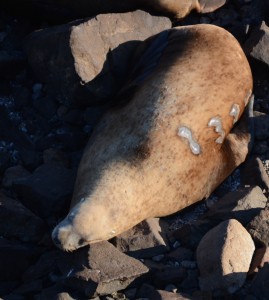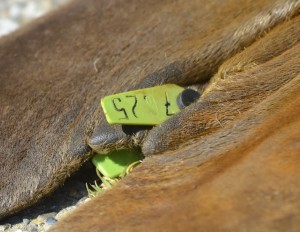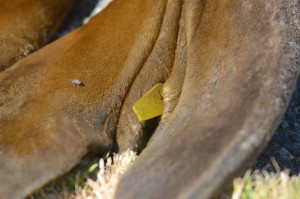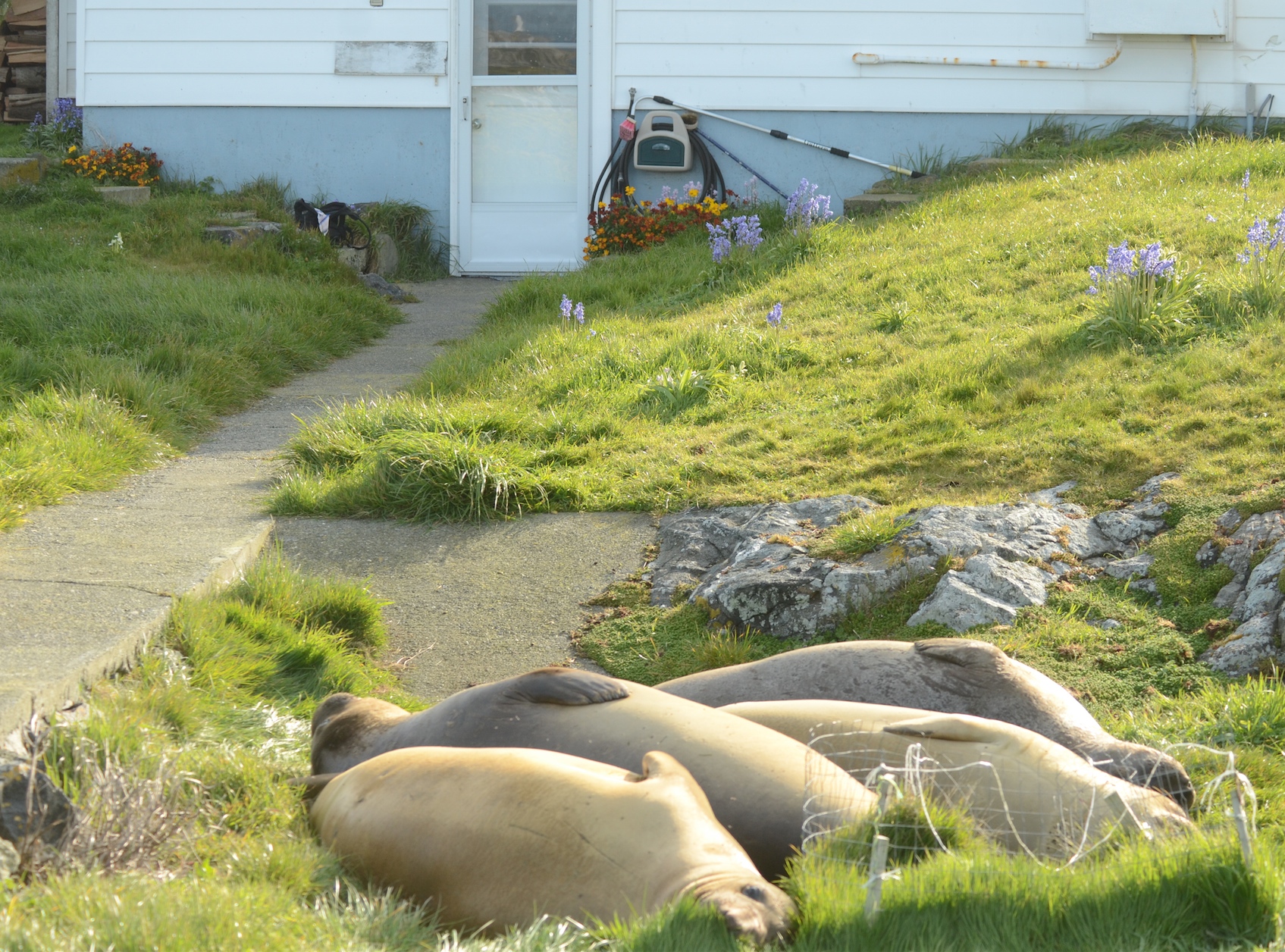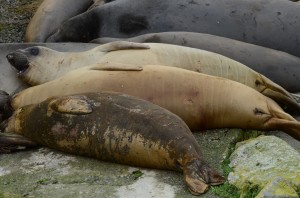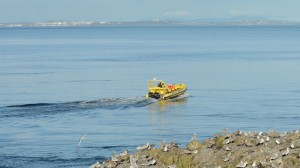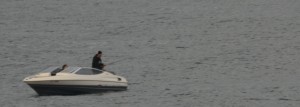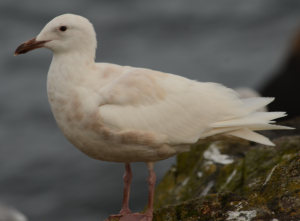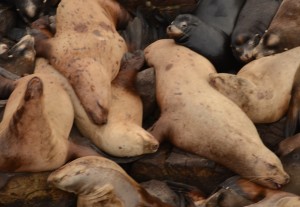It was a copycat kind of day, weather wise, the same as yesterday and the day before. Calm, very light winds and clears skies. The barometer continued the drop started on Sunday and is now below 1012 hPa again. The forecast is calling for a switch to light winds west 10 -1 5 and a mix of sun and cloud until Friday when showers are expected..
Whale watching traffic in the Ecological Reserve was fairly light with only eight observed visits. All the operators did really well today. They slowed on entry, went with the current, drove in a responsible way that respected the protected area and saved speeding up until they were clear of the reserve. This is the sort of cooperative behavior that is the norm for sustainable operations in reserve. Observations were made of “sports” fishers hauling in lingcod and rockfish in the Race Rocks Rockfish Conservation area.
Although there may have been more elsewhere, there was no lack of whale action around Race Rocks today. Three Biggs Killer Whales were spotted travelling from east to west through Race Passage in the morning and a Humpback Whale went the other way, in the afternoon, spending some time feeding close to North Rocks. There large multi-species feeding flocks in the same area. Perhaps there are balls of forage fish there.
I saw a large kelp raft, first of the season, sweeping out to sea with the ebbing tide today. This annual kelp becomes more and more prevalent in the tidelines as autumn progresses and the winter storms will remove most of it before spring. It is a great carbon sink that fixes large amounts of carbon, which will eventually become entombed on the bottom. Not all of it goes out to sea and sinks though. Kelp that lands on shore is a key part of near shore food webs relying on this large volume of rotting biomass to fuel new generations of shore spawners and out going young salmon.
Chores were routine again and the sunshine is allowing for recovery of freshwater lost earlier in the month. The level is almost back up to where it was on September 5th. There were no visitors.
- Race Rocks is a protected area and these boaters have been here before slaying the very fish the Rockfish Conservation Area is designed to protect.
- Fishing for rockfish in a Rockfish Conservation Area.
- This is an exceptionally large Stellers Sea Lion.
- Two Northern Elephant Seals decide the cairns are a good place to sleep too.
- Damage to vegetation around rock cairn archeological site. Culprits retreating to rocks.
- Northern Elephant Seal #5850 doesn’t notice that his noisy neighbours have left.
- No problem reading this California Sea Lion brand.
- “Necklaced Stellers Sea Lion visible top left.
- Two BLOY, two CAGU and one THGU
- Two Black Oystercatchers and a couple of California Gulls rest together on south side of Great Race.
- Thayers Gull (left), roosts with California Gulls and Black Oystercatchers on south side of island.
- Thayer’s Gulls are becoming ubiquitous.




























